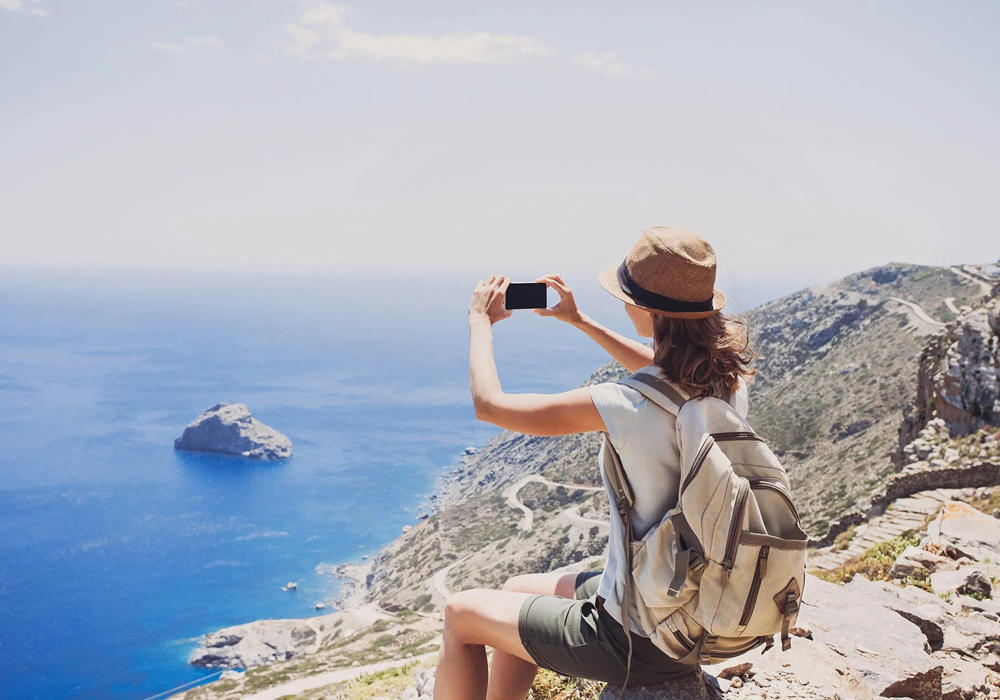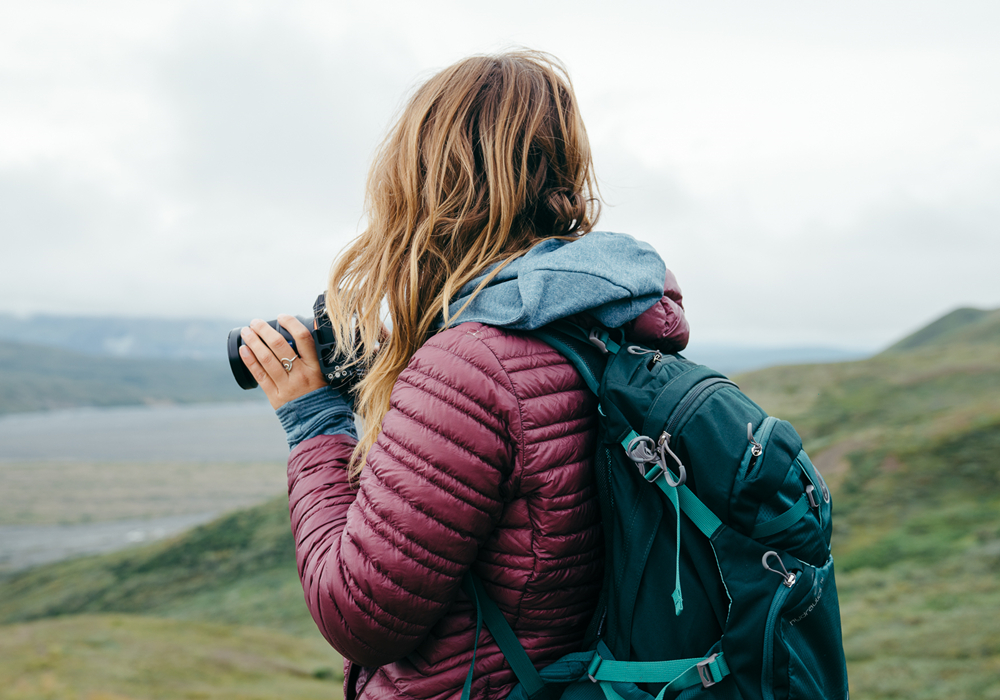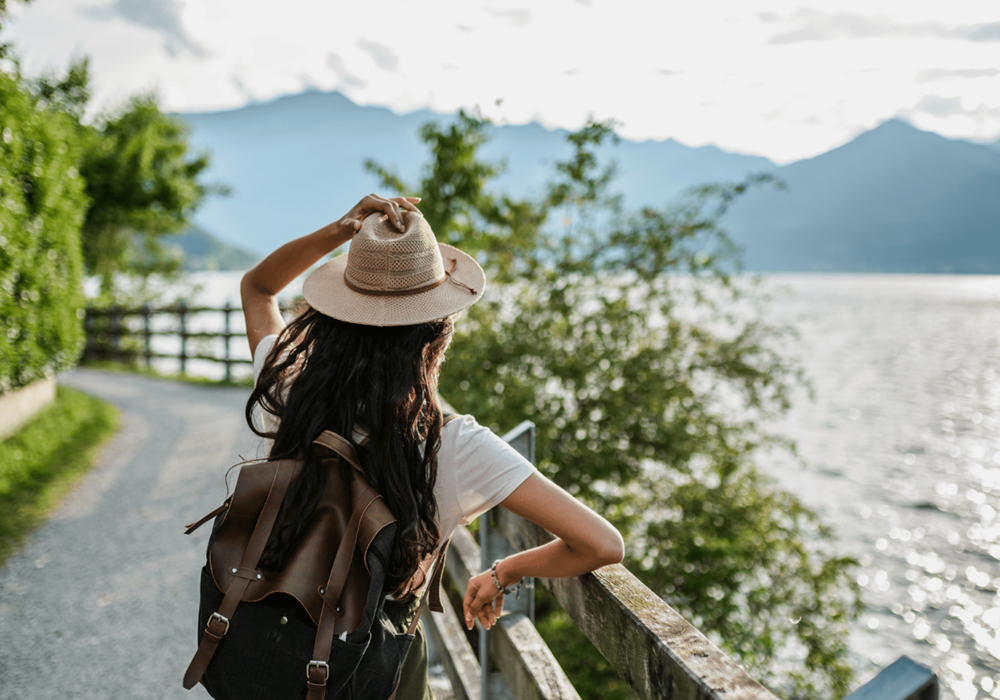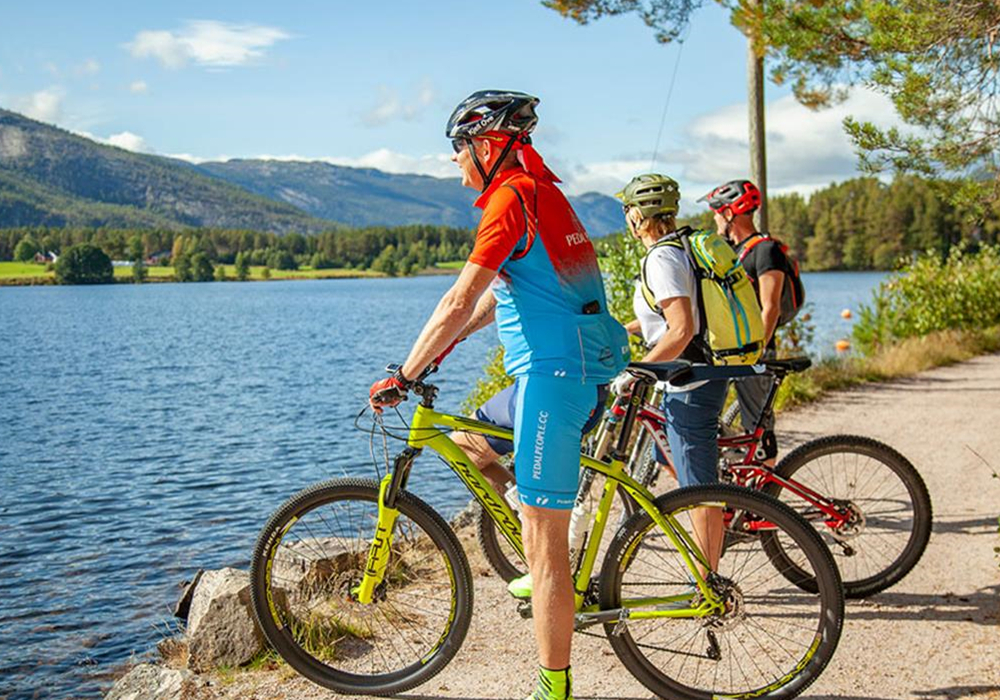One of the first steps to improving your travel photography is to familiarize yourself with your equipment. Understanding your camera settings, whether it is a DSLR, mirrorless camera, or smartphone, is crucial. Learn how to adjust settings like ISO, aperture, and shutter speed to suit different environments. For instance, a higher ISO can help you shoot in low-light conditions, while a wider aperture can create beautiful background blur, making your subject stand out. If you are using a smartphone, explore the various camera modes and features available to maximize your shots.
Composition is another essential aspect of travel photography. A well-composed image can draw viewers in and evoke emotions. Experiment with different angles and perspectives to find the most striking compositions. The rule of thirds is a helpful guideline; imagine dividing your frame into three equal parts both horizontally and vertically. Positioning your subject along these lines or at their intersections can create a more balanced and visually appealing photograph. Additionally, incorporating foreground elements can add depth to your images, making them more engaging.

Lighting plays a pivotal role in photography, and natural light can dramatically affect the mood of your photos. The golden hour, which occurs shortly after sunrise and before sunset, provides soft, warm light that enhances colors and textures. This time is ideal for landscape and portrait photography, as the light creates a magical atmosphere. Conversely, shooting during midday can result in harsh shadows. If you find yourself in bright sunlight, look for shaded areas or use reflectors to soften the light and minimize glare.
Capturing candid moments is often more impactful than posed shots. Engage with locals and immerse yourself in the culture to find authentic scenes that tell a story. Whether it’s a bustling market, a serene landscape, or a local festival, these moments reflect the spirit of the place you are visiting. Building rapport with locals can lead to unique photographic opportunities that might not be available to typical tourists.
Post-processing is an important step in the travel photography workflow. While capturing great images in-camera is essential, editing can elevate your photos to the next level. Familiarize yourself with editing software to adjust exposure, contrast, and colors to better reflect the atmosphere of the moment. However, it’s crucial to maintain the authenticity of your images; over-editing can detract from the original scene.
Lastly, think about how your travel photography fits into a larger narrative. Instead of focusing solely on individual images, consider how they work together to tell a story about your journey. A series of photographs can convey the progression of your experiences, showcasing the diversity of cultures, landscapes, and emotions you encountered along the way. This storytelling approach not only enriches your portfolio but also allows you to share a more comprehensive view of your travels with others.
Embracing these travel photography tips can transform your adventures into a visual narrative that captures the beauty and diversity of the world around you. By mastering your equipment, understanding composition and lighting, and focusing on authentic moments, you can create images that resonate long after your journey ends.



